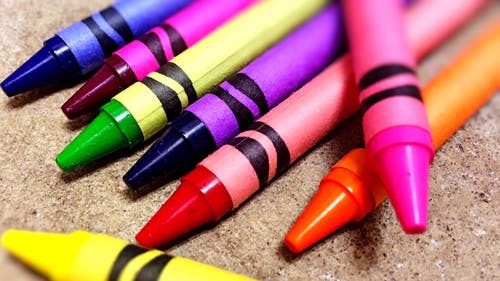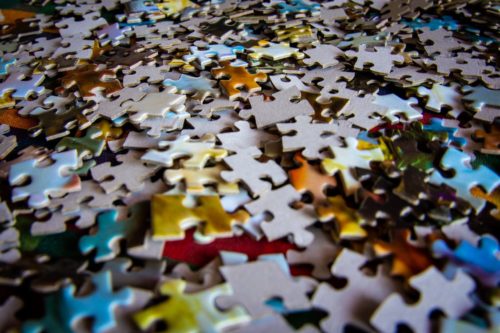I love the post “How Crayons Saved My Life: Art & Recovery” because 1) I love to color and 2) it was such a simple technique employed by The Giving Gallery’s founder and CEO, Amanda Lipp, to help in the management of her mental health journey.
 As an artist, I craved for a creative outlet that could help me communicate the pain I was feeling. One day, a thoughtful nurse walked over and handed me a box of crayons.
As an artist, I craved for a creative outlet that could help me communicate the pain I was feeling. One day, a thoughtful nurse walked over and handed me a box of crayons.
That is when my life changed.
Crayons became my voice – a creative catharsis for managing my symptoms and communicating my feelings. In fact, studies have shown that art can help rebuild or rediscover identity from mental health difficulties, cope with distress, and relate to experiences in new and different ways.
I began to recover, one crayon drawing at a time.
Reading the post brought me back to a time when I was managing a great deal of anxiety. During graduate school my hair began to fall out. No one has ever offered a specific reason except use of the catch-all “stress.” But this was by no means what I would classify as the most stressful time in my life. Regardless, my hair was falling out to the point that I first wore a hair piece and then a custom-made wig because I needed to go on job interviews and health care providers were not optimistic about the hair growing back.
Well, if I wasn’t stressed before, I sure was with that outlook!
Jigsaw puzzles were my calming force. It was like meditation (I guess, if I ever meditated). But all research, medical as well as anecdotal,  speak to the cognitive effects of the jigsaw puzzle. By its very nature – use of the physical body (your hands, fingers), use of the analytical left brain (logically sorting pieces), and use of the creative right brain (focusing on the image or art of the puzzle) – the jigsaw puzzle requires disconnection with outside distraction and connection within the brain. And hence, focus and calm take over and anxiety is lifted for a bit.
speak to the cognitive effects of the jigsaw puzzle. By its very nature – use of the physical body (your hands, fingers), use of the analytical left brain (logically sorting pieces), and use of the creative right brain (focusing on the image or art of the puzzle) – the jigsaw puzzle requires disconnection with outside distraction and connection within the brain. And hence, focus and calm take over and anxiety is lifted for a bit.
Jigsaw puzzles have become my go-to in everyday life.
Jigsaw puzzles have become my go-to in everyday life just to find some calm and to ensure some disconnection from computers, phones, televisions and all of life’s distractions. In turn, I have learned that I may be enriching my visuospatial cognition, reducing my risk for cognitive impairment and dementia, and improving my short-term memory.
And also on the shelf in my family room, right there with my puzzles, are my crayons and coloring books!

